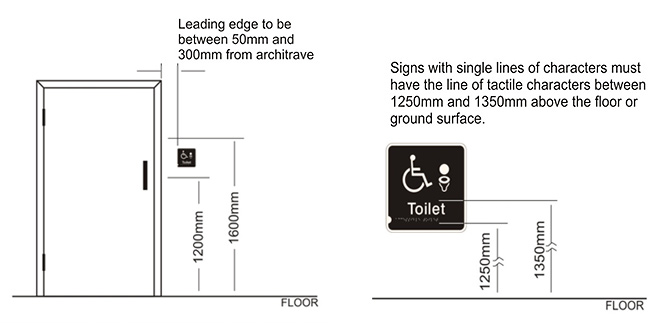Braille Signs
Can't find the sign you're after? Check our Custom Sign options or Call us on 1800 531 484
Seton’s range of Braille Signs are manufactured to comply with the Building Code of Australia, AS 1428.4:2 and the Disability Discrimination Act (1992). Braille Signs are both vandal and fade resistant, making it suitable for use inside or outdoors. They are chemical resistant and can be cleaned using a wide variety of detergents (including citrus based cleaners).
-
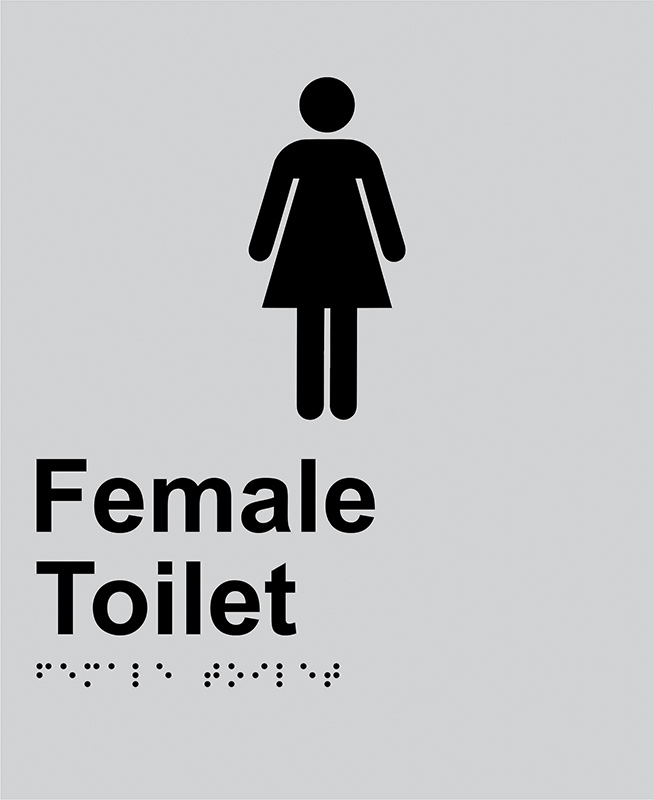
A46788
Braille Sign - Female Toilet, Anodised Aluminium, 220 x 180 mm
$181.29 -
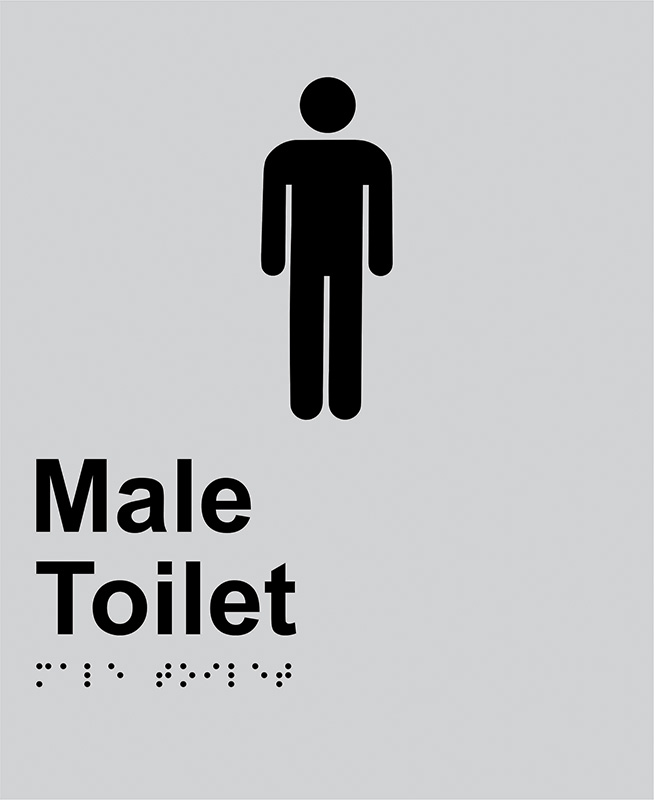
A46787
Braille Sign - Male Toilet, Anodised Aluminium, 220 x 180 mm
$181.29 -
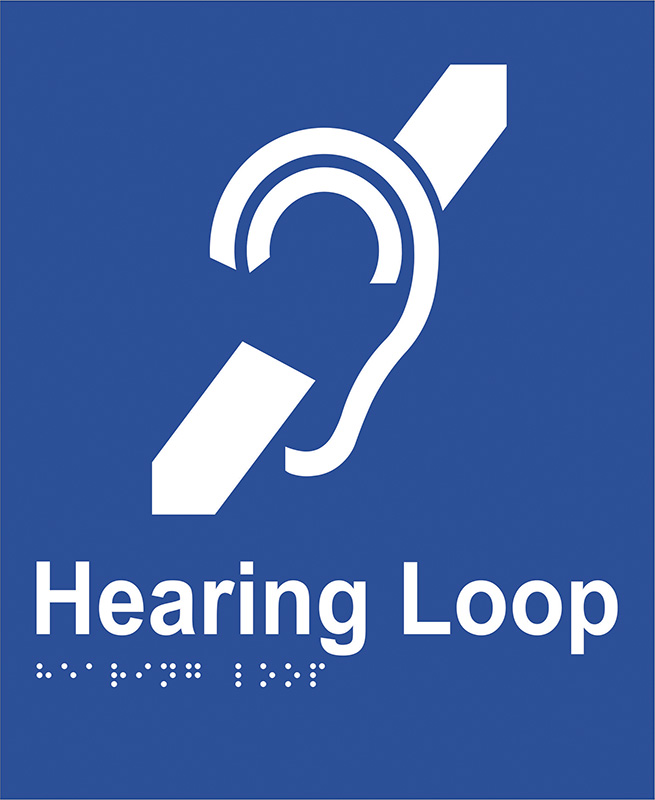
A46725
Braille Sign - Hearing Loop, ABS Plastic, 220 x 180 mm
$128.94 -
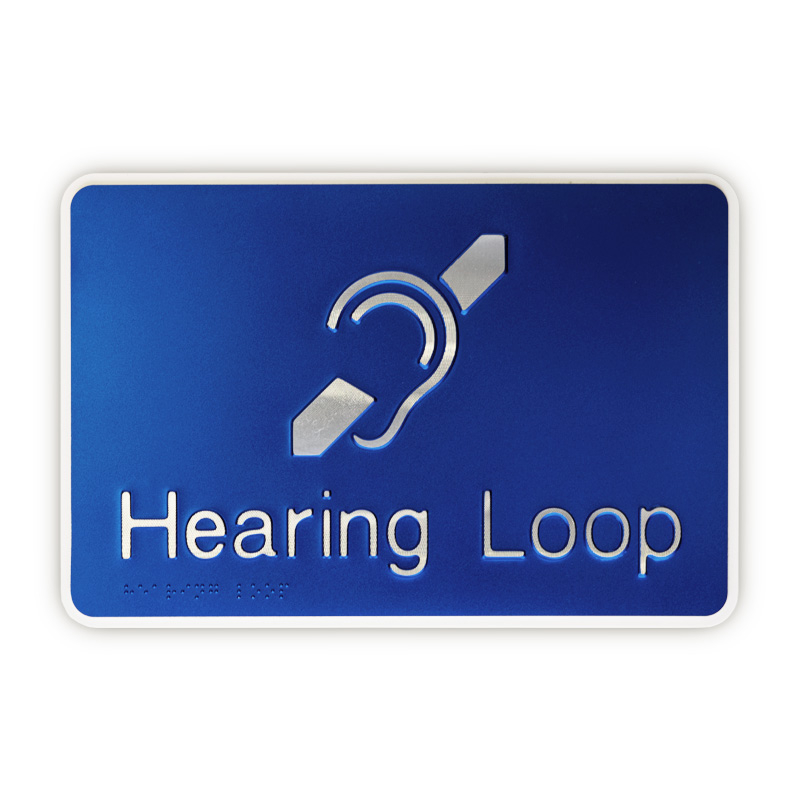
A46698
Premium Braille Sign - Hearing Loop, 290mm (W) x 190mm (H), Anodised Aluminium
$307.53 -
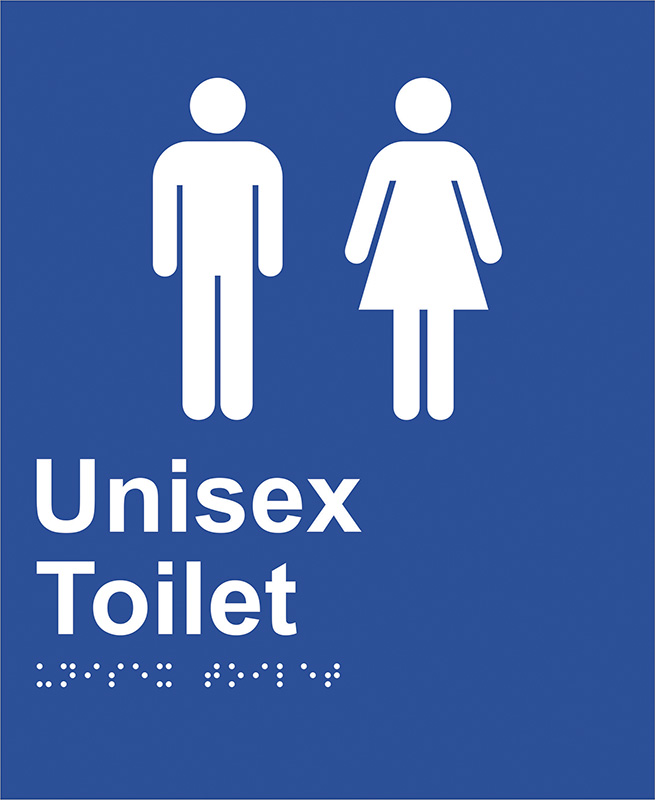
A46724
Braille Sign - Unisex Toilet, ABS Plastic, 220 x 180 mm
$128.94 -
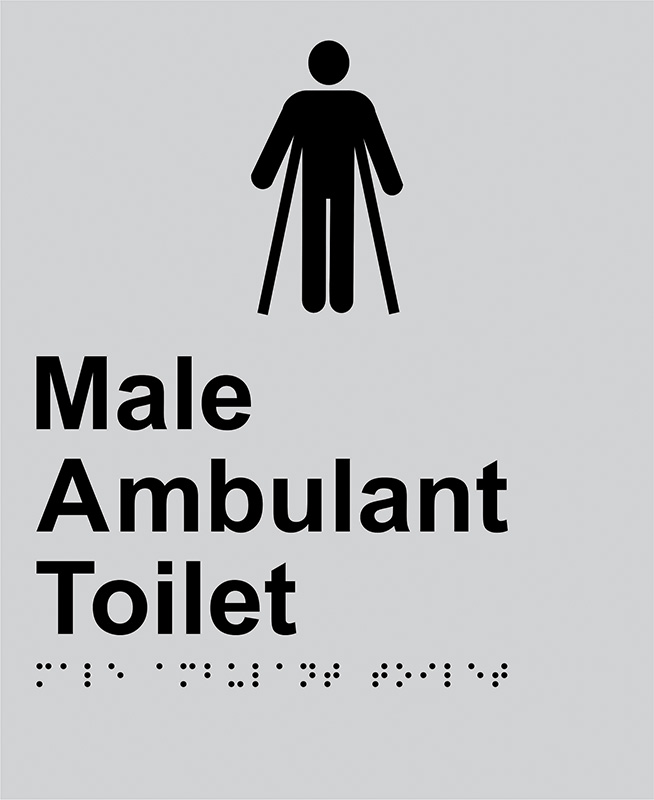
A46804
Braille Sign - Male Ambulant Toilet, Anodised Aluminium, 220 x 180 mm
$181.29 -
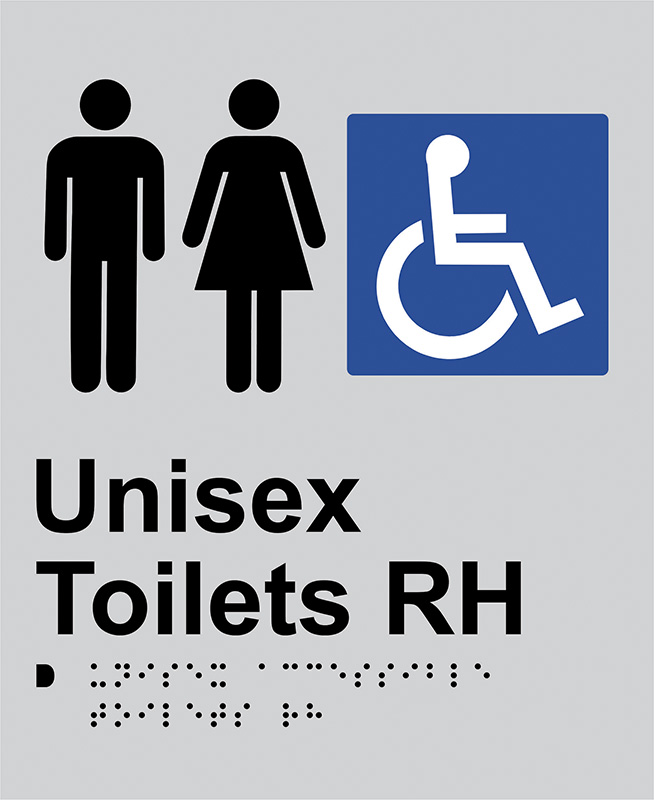
A46800
Braille Sign - Unisex Access Toilet RH, Anodised Aluminium, 220 x 180 mm
$181.29 -
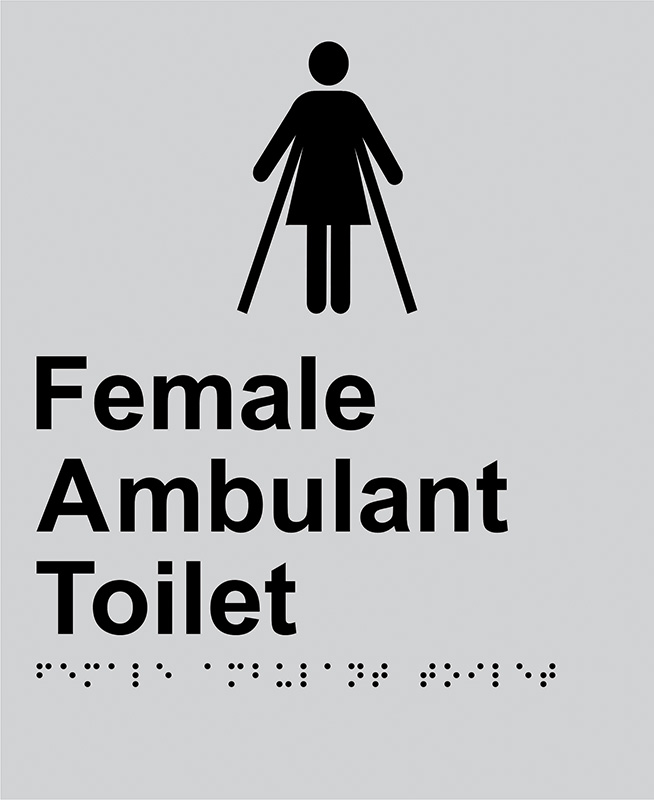
A46805
Braille Sign - Female Ambulant Toilet, Anodised Aluminium, 220 x 180 mm
$181.29 -
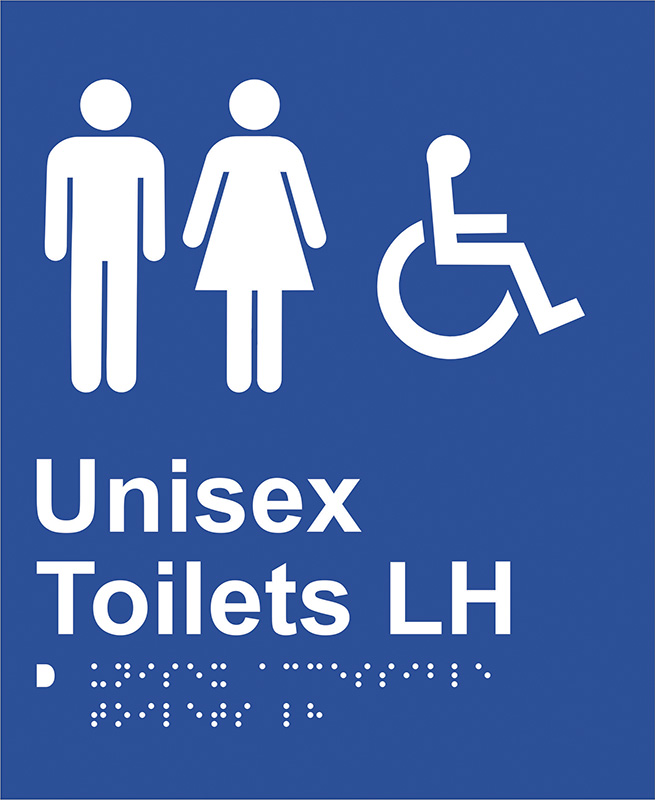
A46733
Braille Sign - Unisex Access Toilet LH, ABS Plastic, 220 x 180 mm
$145.85 -
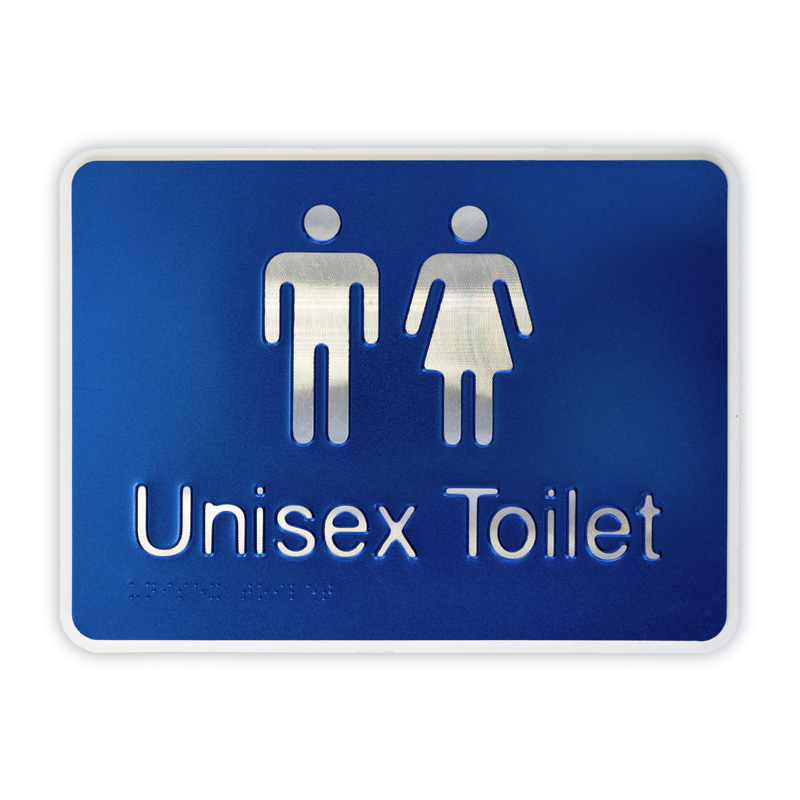
A46697
Premium Braille Sign - Unisex Toilet, 255mm (W) x 190mm (H), Anodised Aluminium
$231.85 -
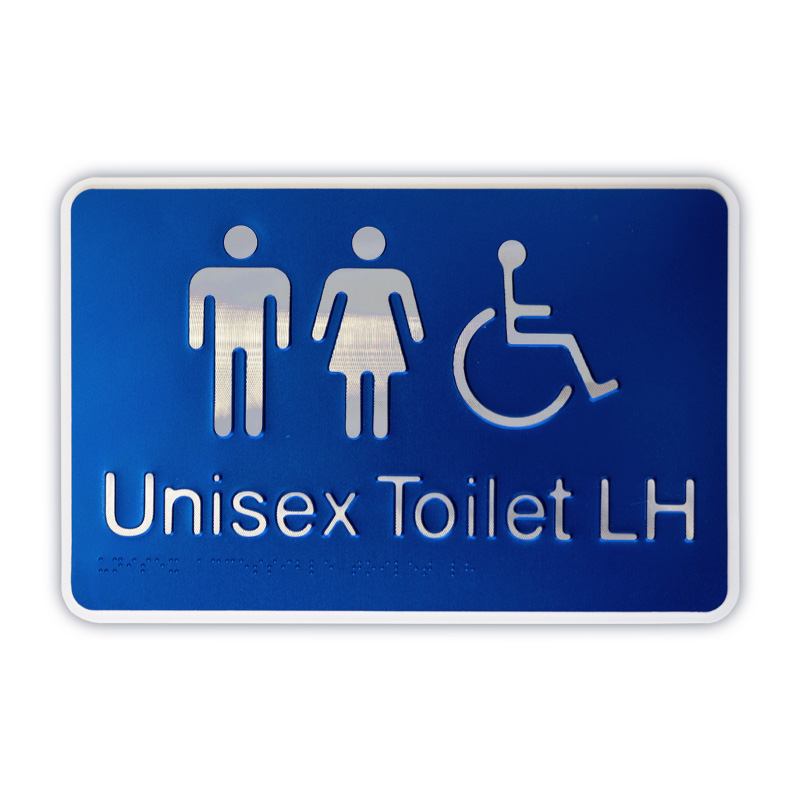
A46704
Premium Braille Sign - Unisex Access Toilet LH, 290mm (W) x 190mm (H), Anodised Aluminium
$307.53 -
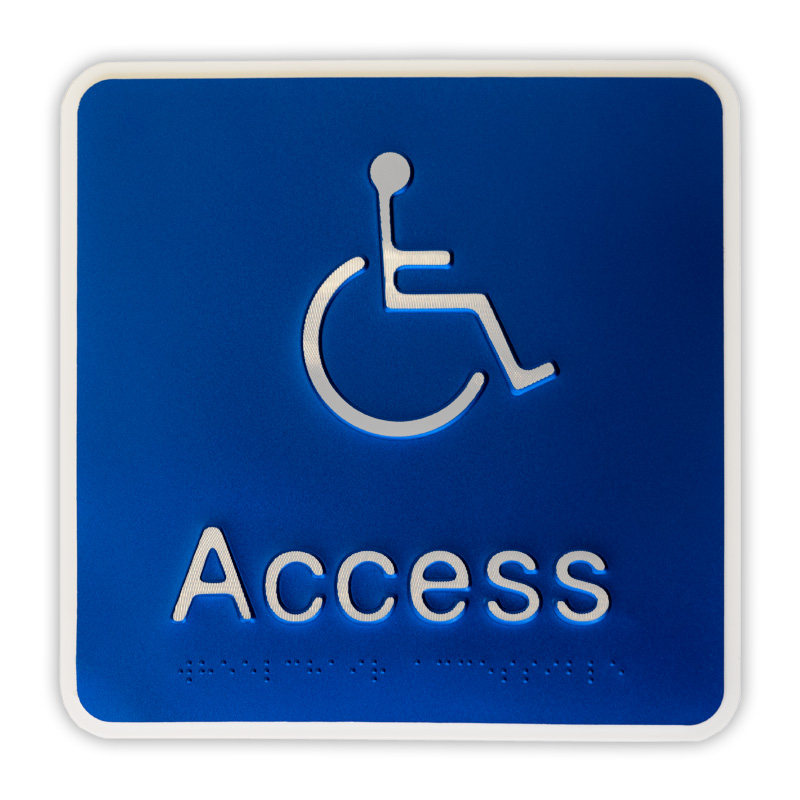
A46699
Premium Braille Sign - Access Toilet, 190mm (W) x 190mm (H), Anodised Aluminium
$231.85 -
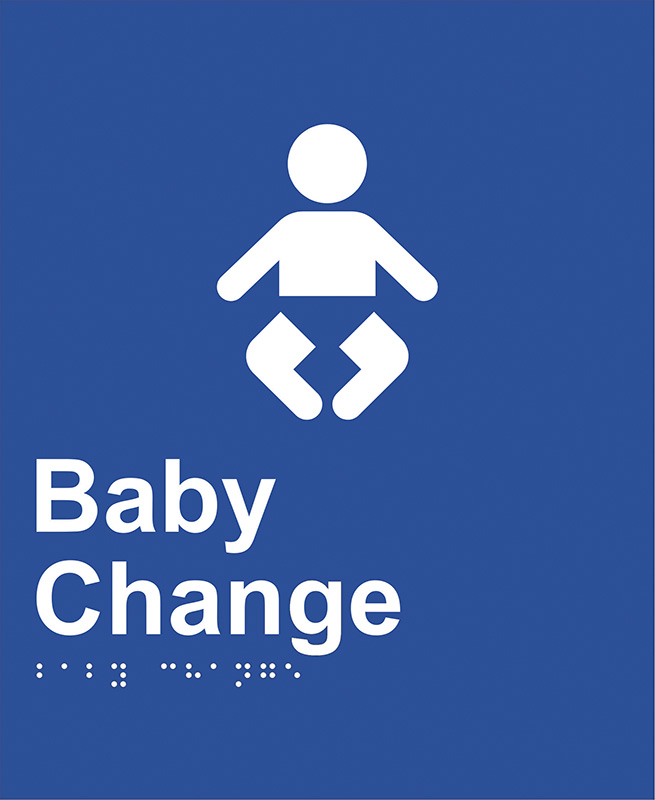
A46750
Braille Sign - Baby Change, ABS Plastic, 220mm x 180mm
$128.94 -
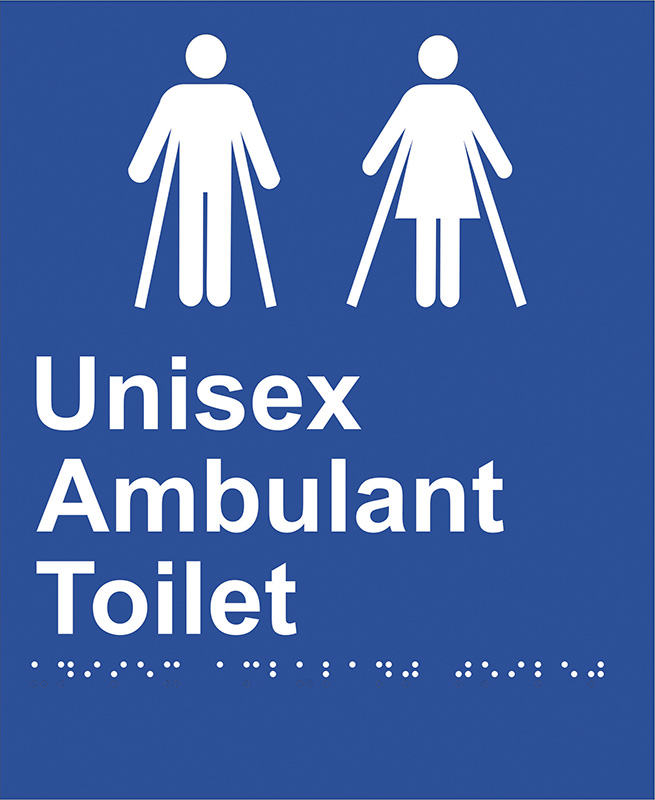
A46740
Braille Sign - Unisex Ambulant Toilet, ABS Plastic, 220 x 180 mm
$128.94 -
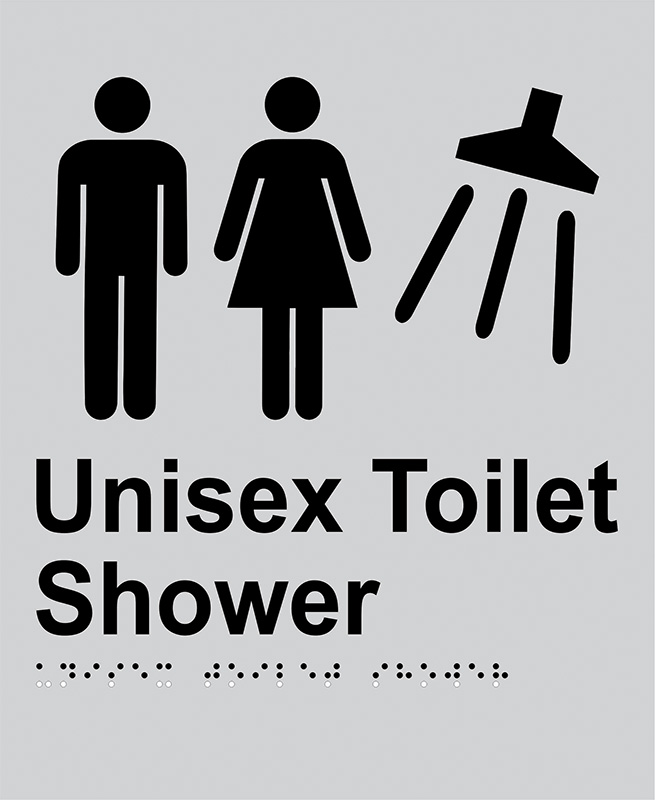
A46803
Braille Sign - Unisex Toilet Shower, Anodised Aluminium, 220 x 180 mm
$181.29 -
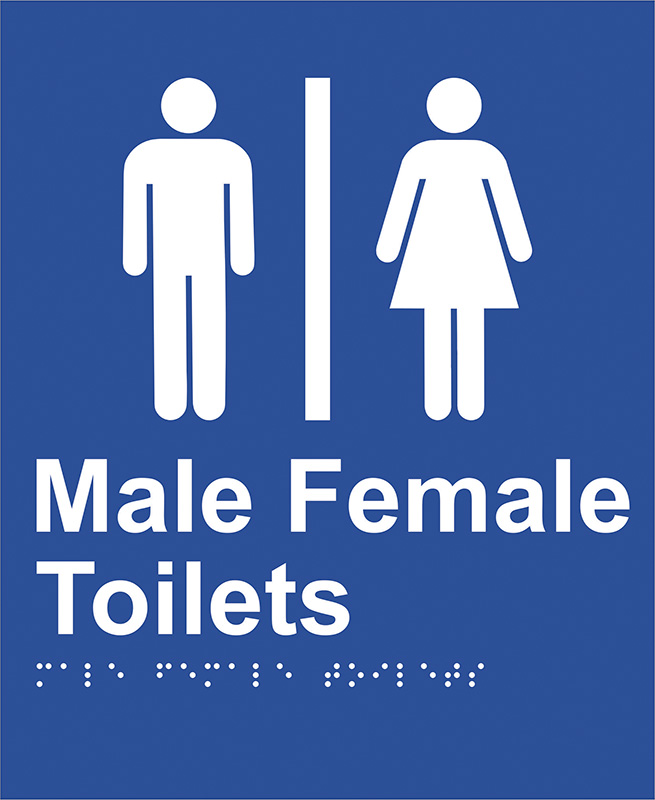
A46723
Braille Sign - Male Female Toilet, ABS Plastic, 220 x 180mm
$128.94 -
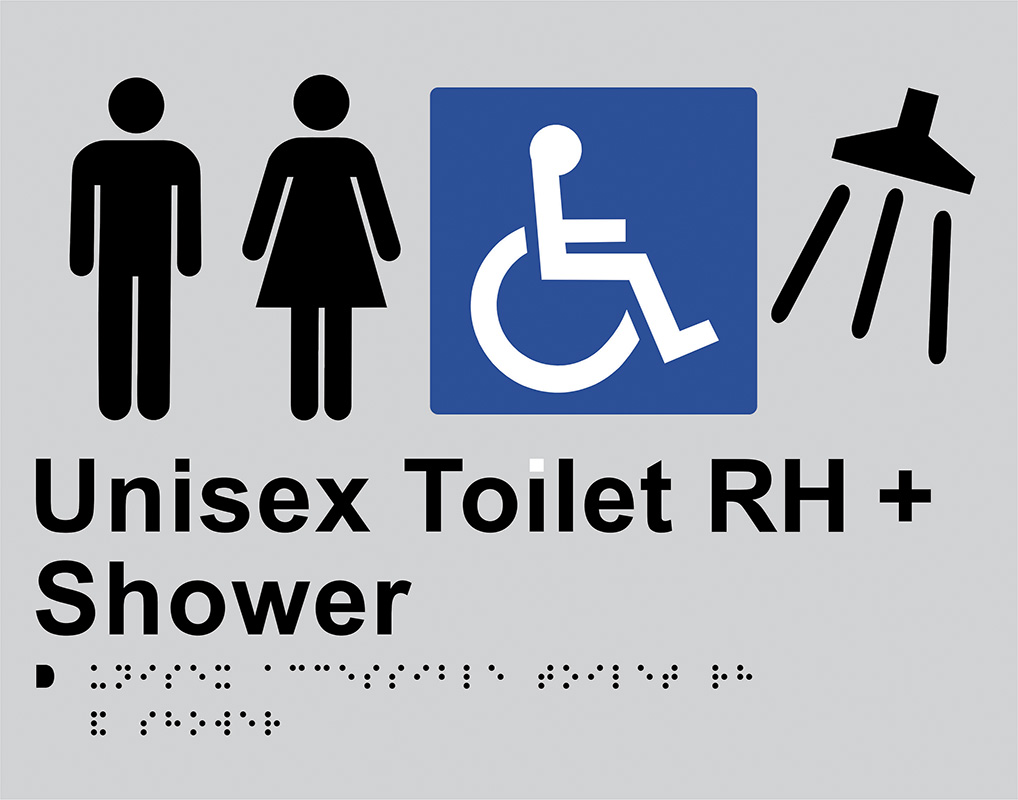
A46808
Braille Sign - Unisex Toilet RH + Shower, Anodised Aluminium, 280 x 220 mm
$217.58 -

A46726
Braille Sign - Access, ABS Plastic, 220 x 180mm
$128.94 -
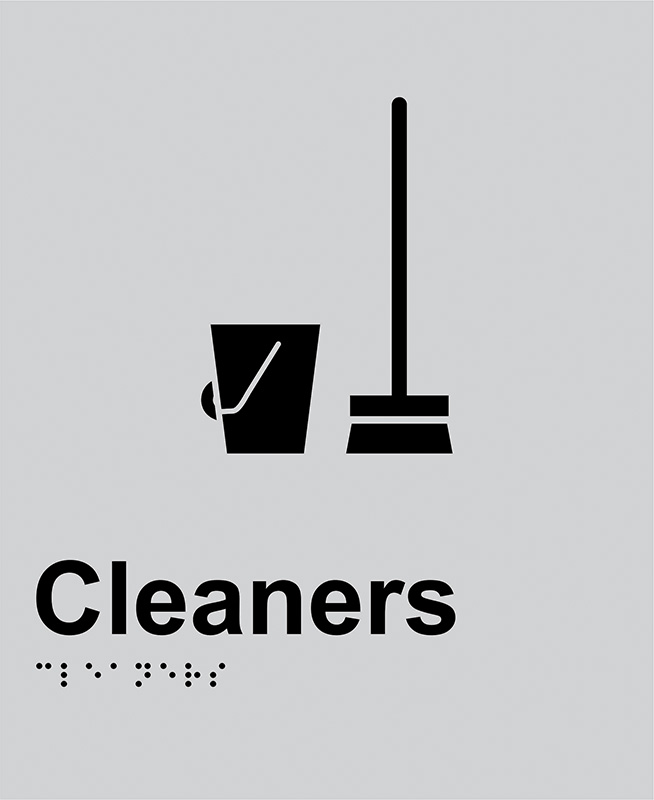
A46819
Braille Sign - Cleaners, Anodised Aluminium, 220 x 180mm
$181.29 -
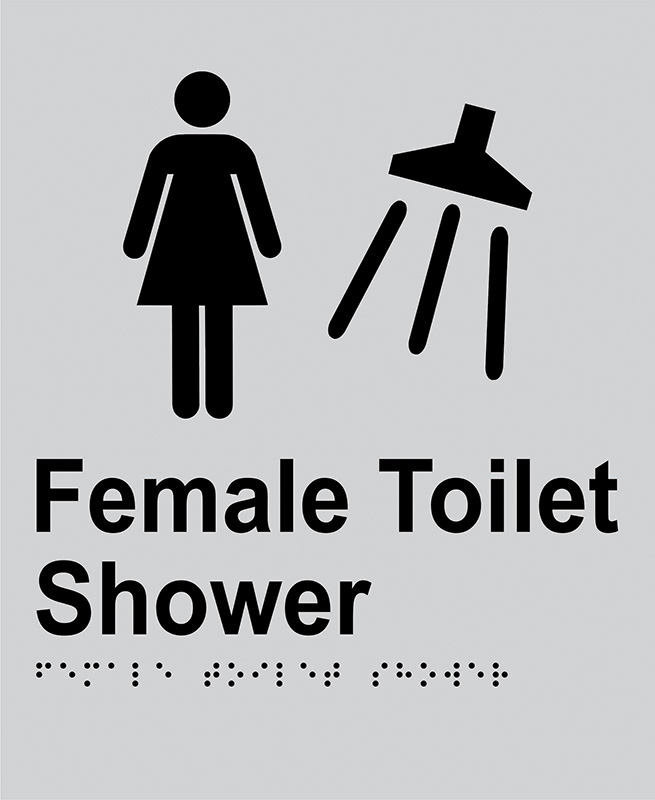
A46802
Braille Sign - Female Toilet Shower, Anodised Aluminium, 220 x 180mm
$181.29 -
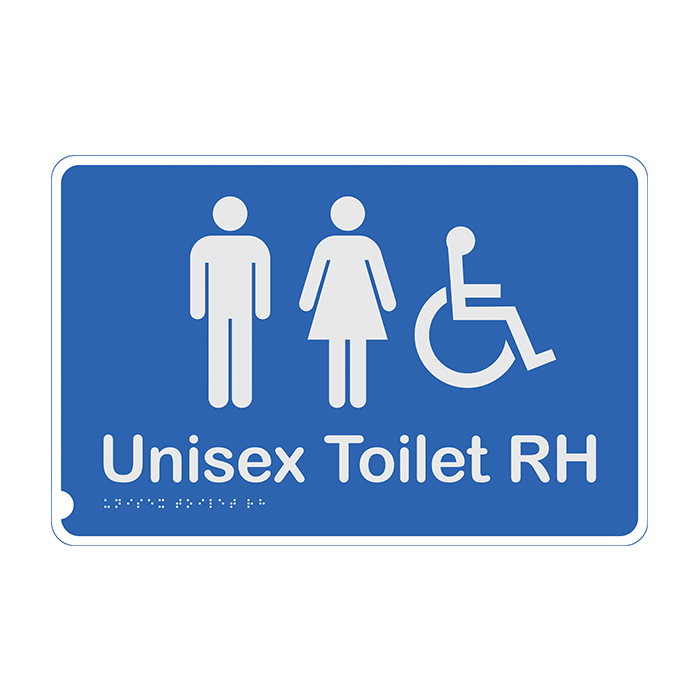
A46705
Premium Braille Sign - Unisex Access Toilet RH, Anodised Aluminium, 190 x 290mm
$307.53 -
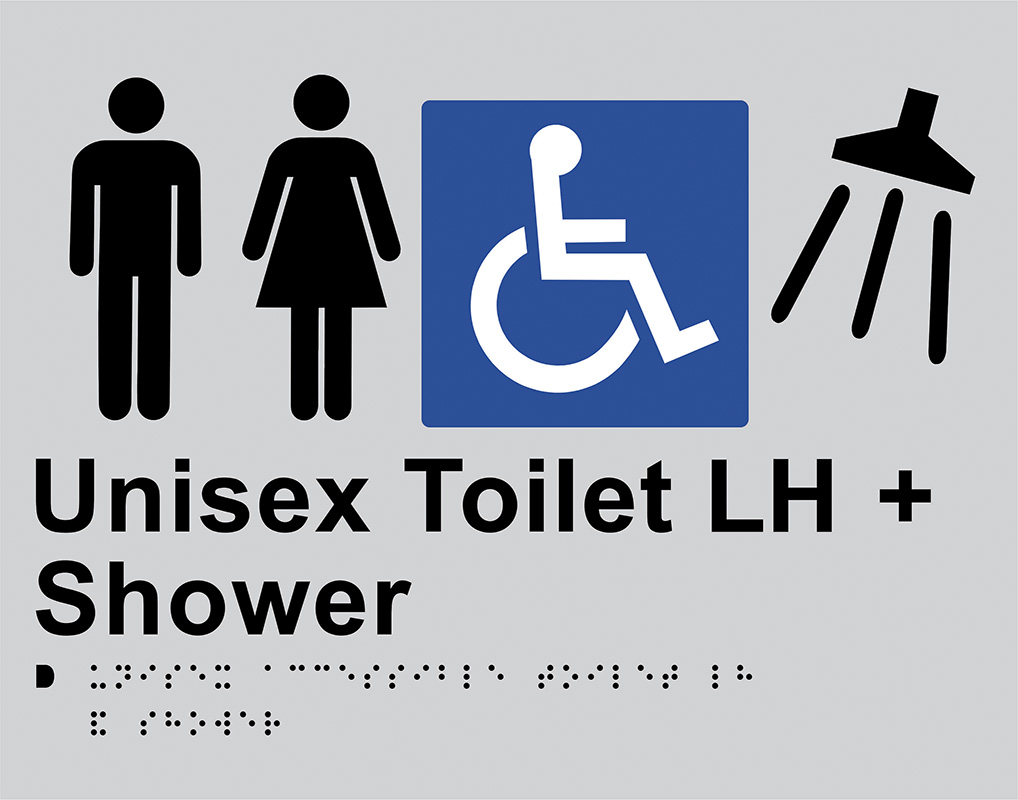
A46807
Braille Sign - Unisex Toilet LH + Shower, Anodised Aluminium, 280 x 220 mm
$217.58 -
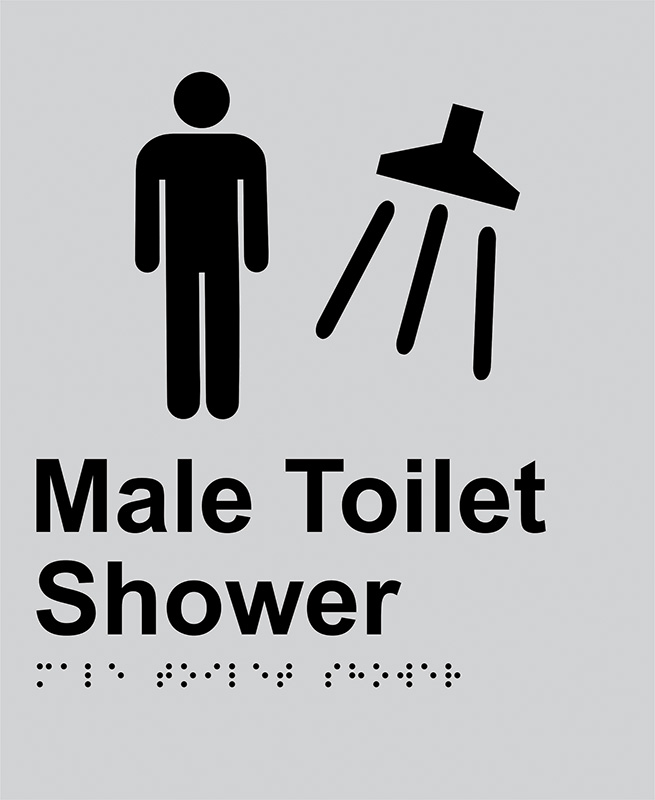
A46801
Braille Sign - Male Toilet Shower, Anodised Aluminium, 220 x 180mm
$181.29 -
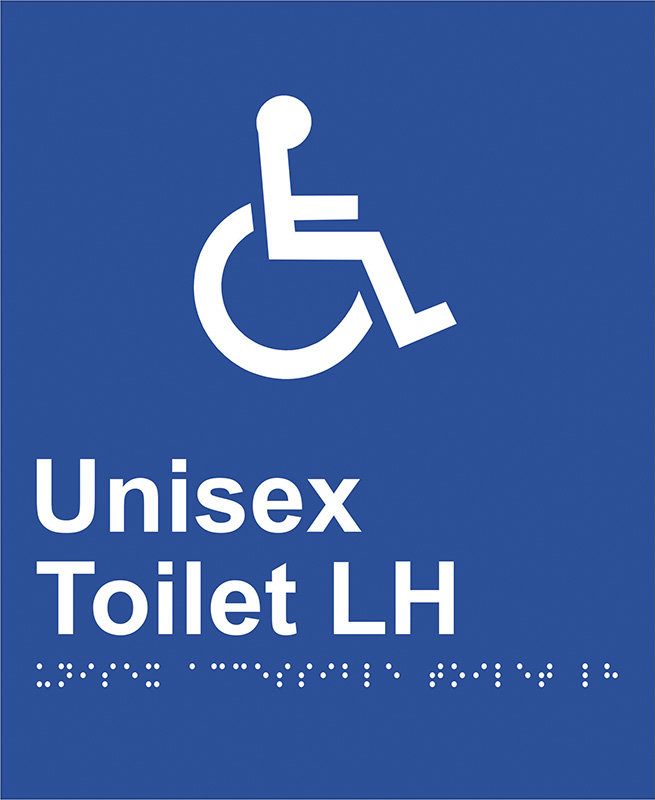
A46727
Braille Sign - Unisex Access Toilet LH, ABS Plastic, 220 x 180mm
$128.94 -
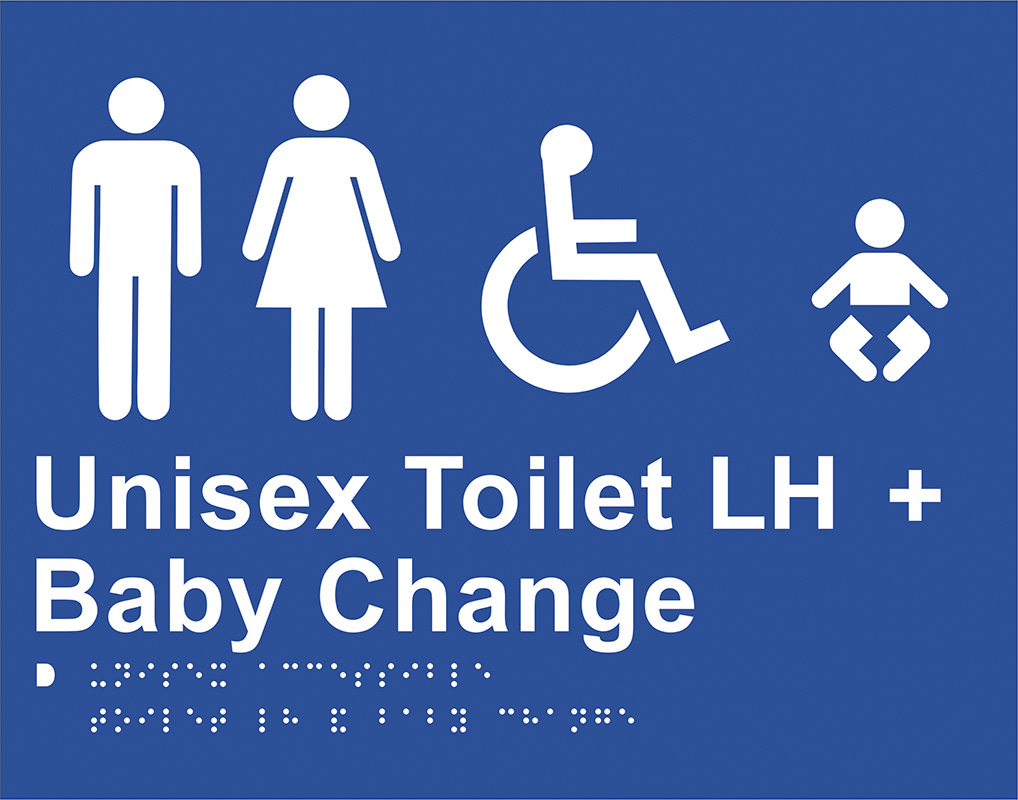
A46748
Braille Sign - Unisex Toilets LH + Baby Change, ABS Plastic, 220 x 280mm
$154.66 -
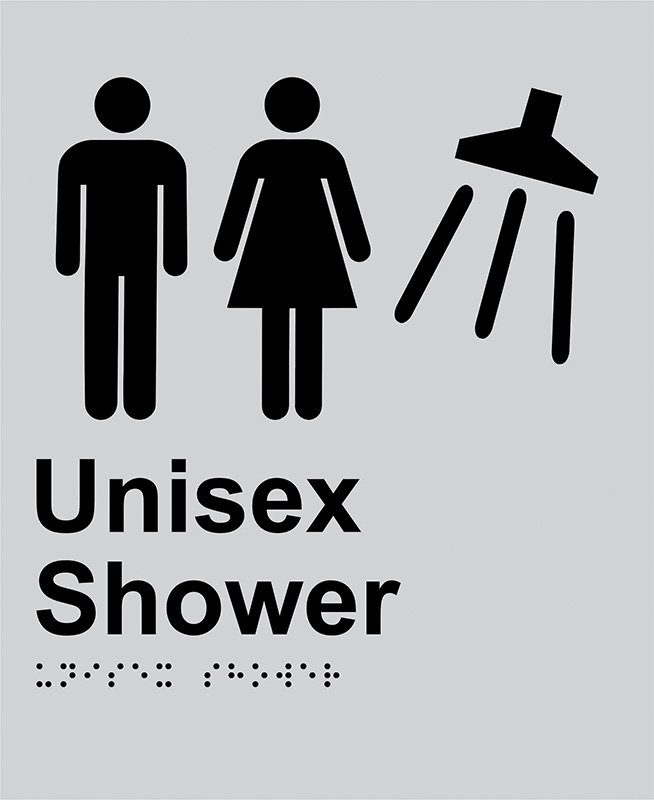
A46813
Braille Sign - Unisex Shower, Anodised Aluminium, 220 x 180mm
$181.29 -
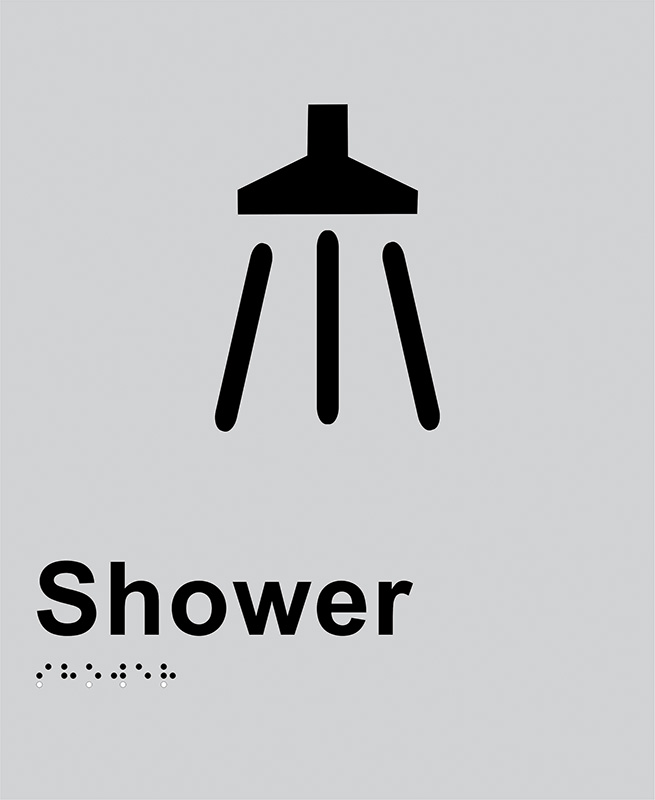
A46809
Braille Sign - Shower, Anodised Aluminium, 220 x 180mm
$181.29 -
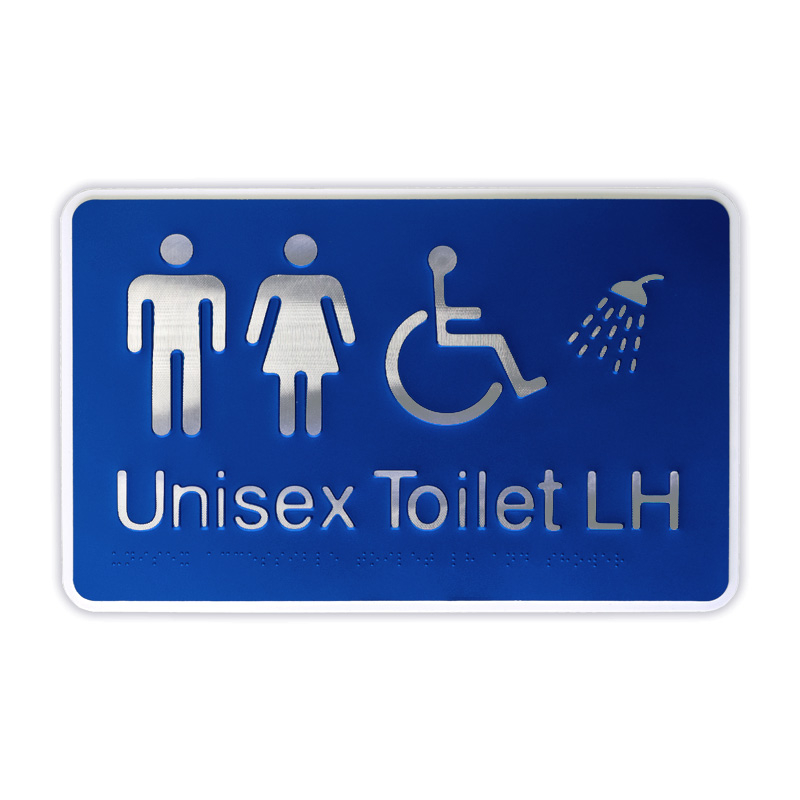
A46710
Premium Braille Sign - Unisex Toilet & Shower LH, 300mm (W) x 190mm (H), Anodised Aluminium
$307.53 -
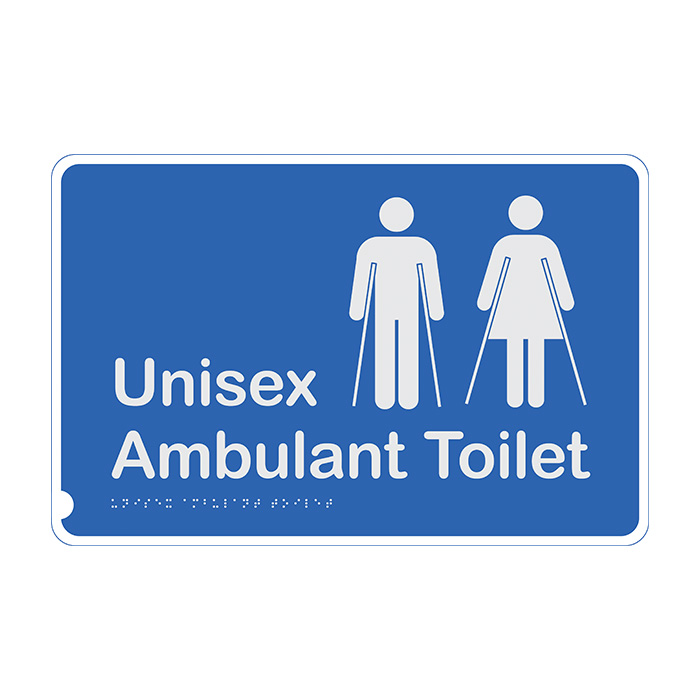
A46708
Premium Braille Sign - Unisex Ambulant Toilet, Anodised Aluminium, 190 x 300mm
$307.53 -
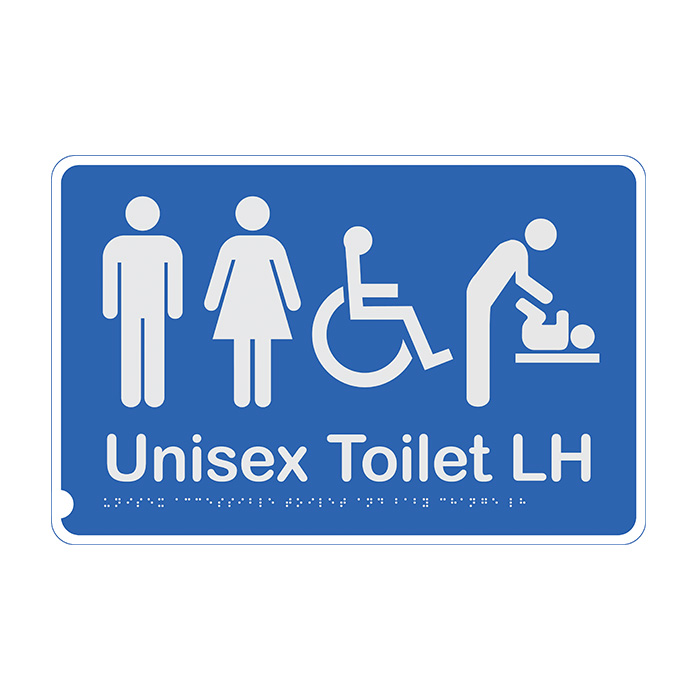
A46713
Premium Braille Sign - Unisex Toilet & Baby Change LH, Anodised Aluminium, 190 x 300mm
$307.53 -
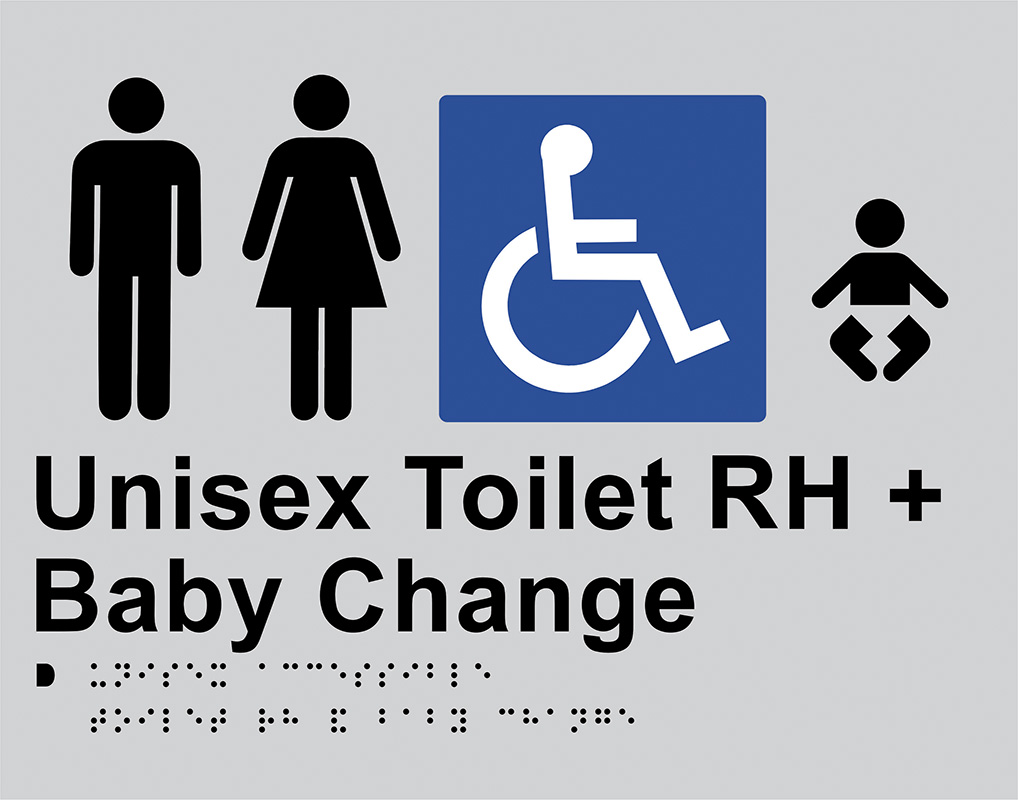
A46815
Braille Sign - Unisex Toilets RH + Baby Change, Anodised Aluminium, 220 x 280mm
$217.58 -
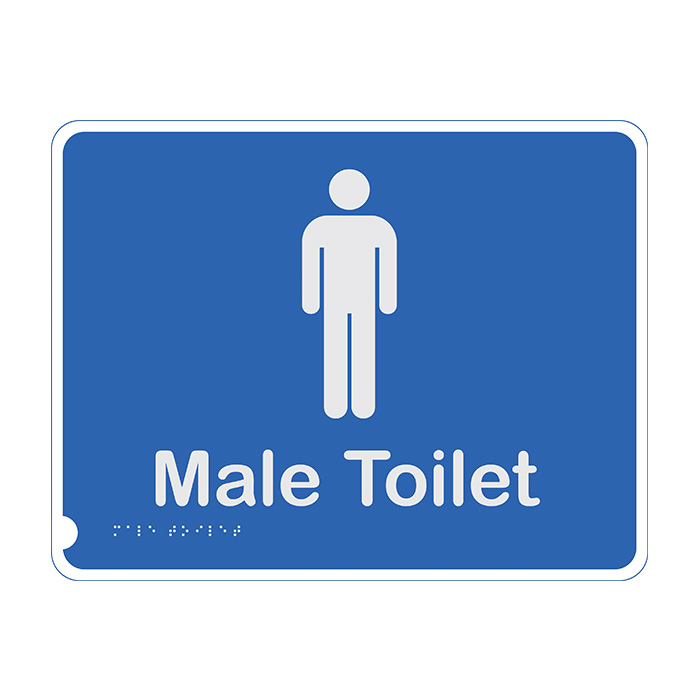
A46695
Premium Braille Sign - Male Toilet, Anodised Aluminium, 190 x 255mm
$231.85 -
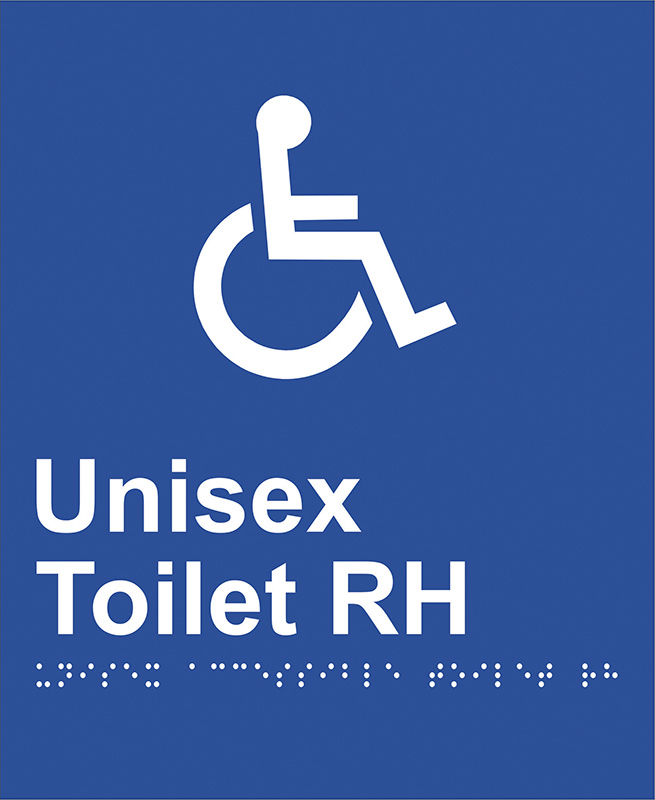
A46728
Braille Sign - Unisex Access Toilet RH, ABS Plastic, 220 x 180mm
$128.94 -
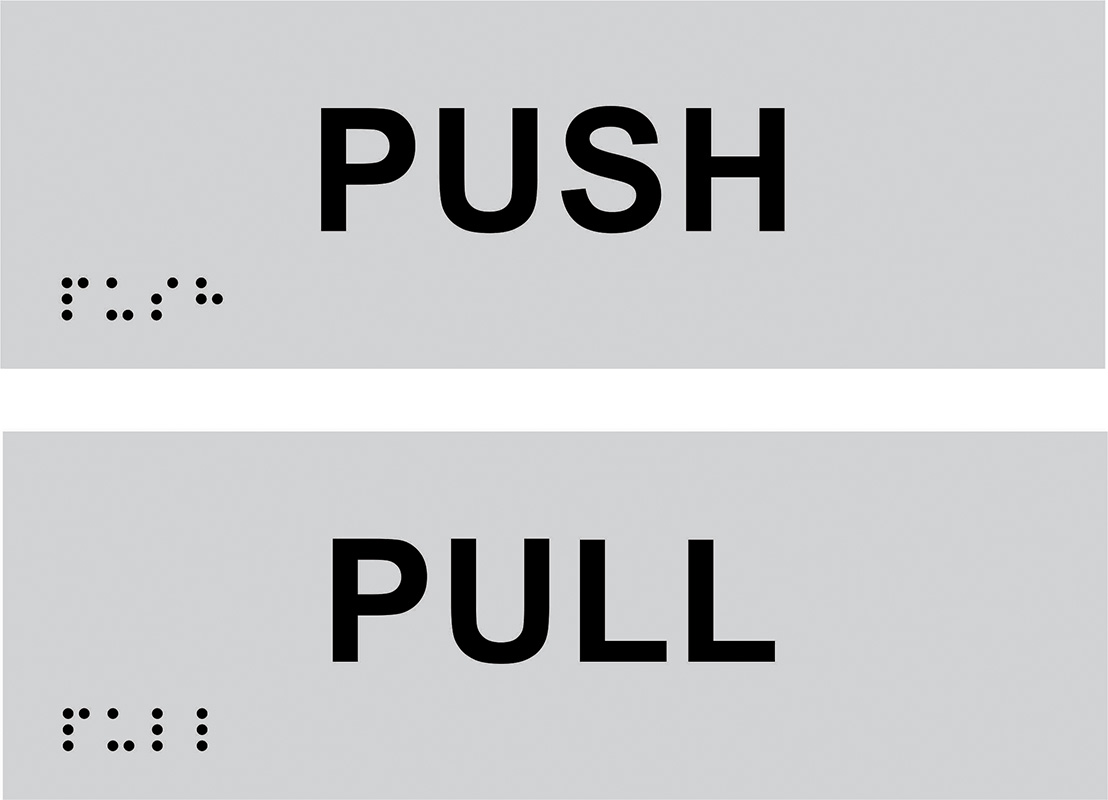
A46817
Braille Sign - Push/Pull Sets (Horizontal), Anodised Aluminium, 60 x 180mm
$181.29 -
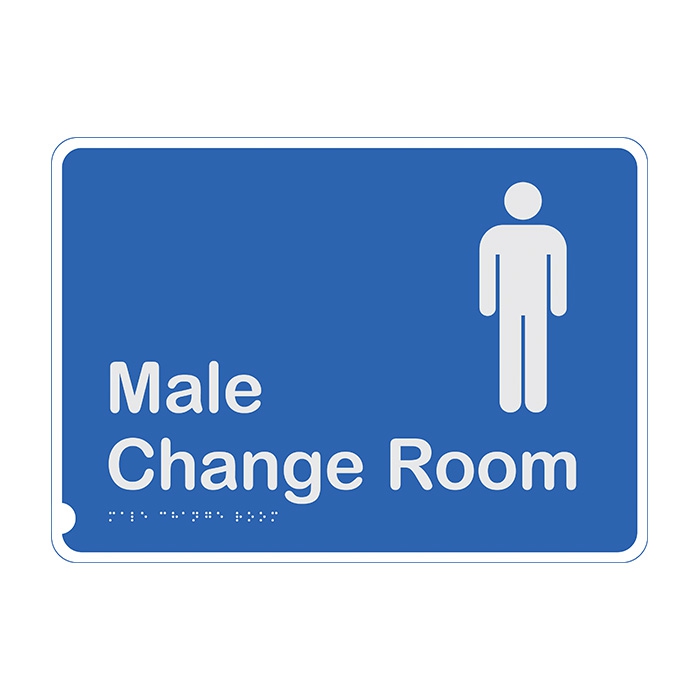
A46715
Premium Braille Sign - Male Change Room, Anodised Aluminium, 190 x 290mm
$307.53 -
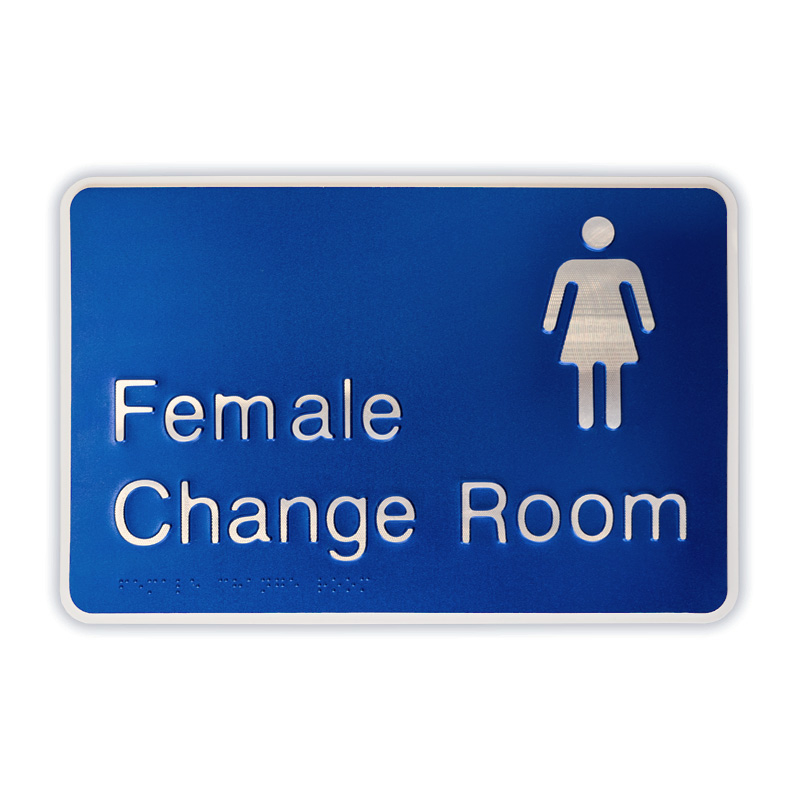
A46716
Premium Braille Sign - Female Change Room, 290mm (W) x 190mm (H), Anodised Aluminium
$307.53 -
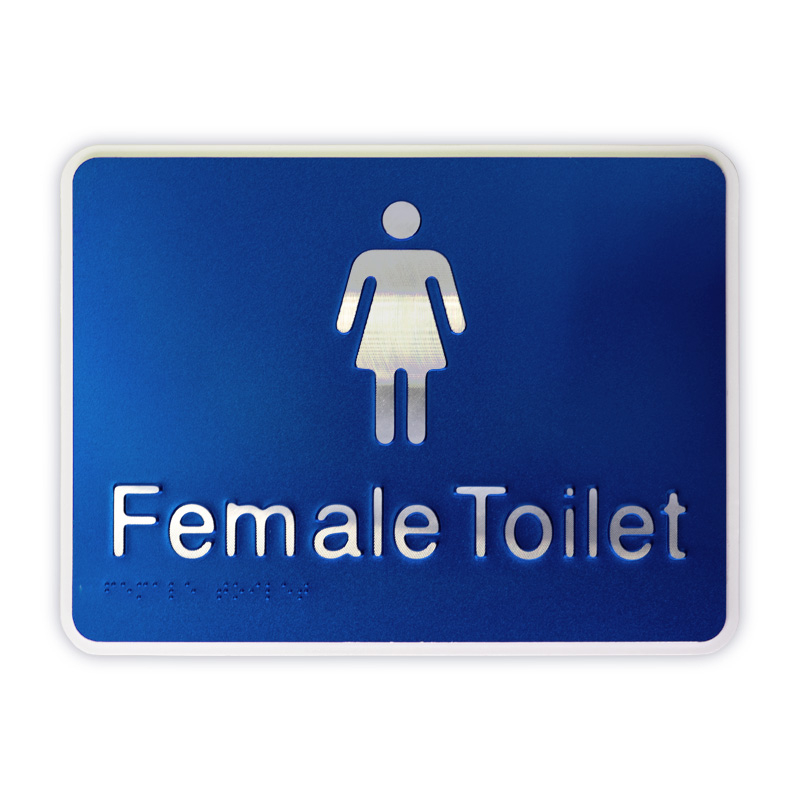
A46696
Premium Braille Sign - Female Toilet, 255mm (W) x 190mm (H), Anodised Aluminium
$231.85 -
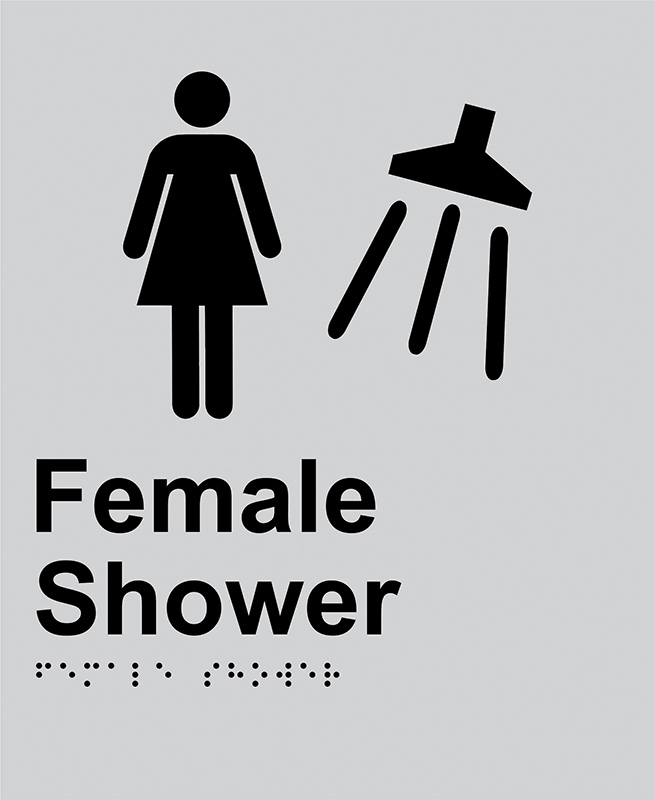
A46812
Braille Sign - Female Shower, Anodised Aluminium, 220 x 180mm
$181.29 -
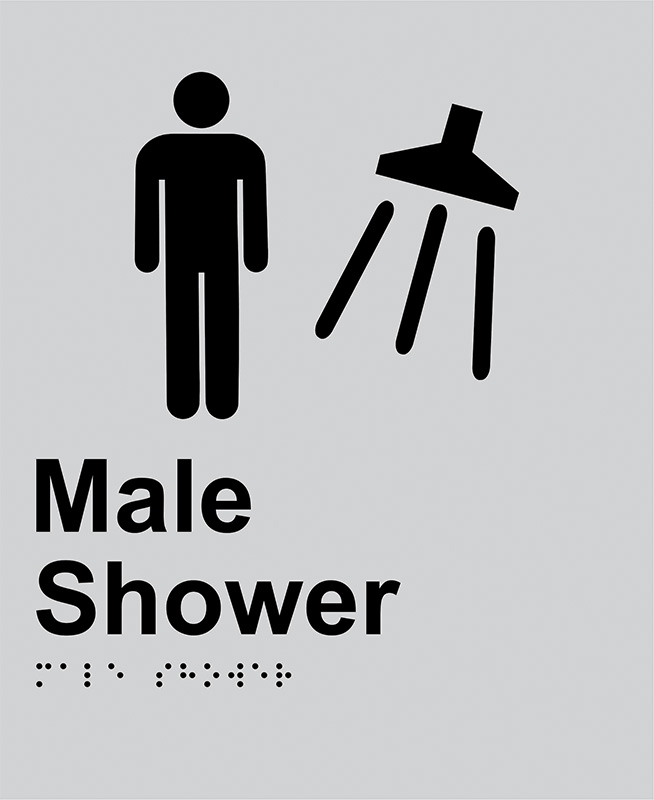
A46811
Braille Sign - Male Shower, Anodised Aluminium, 220 x 180mm
$181.29 -
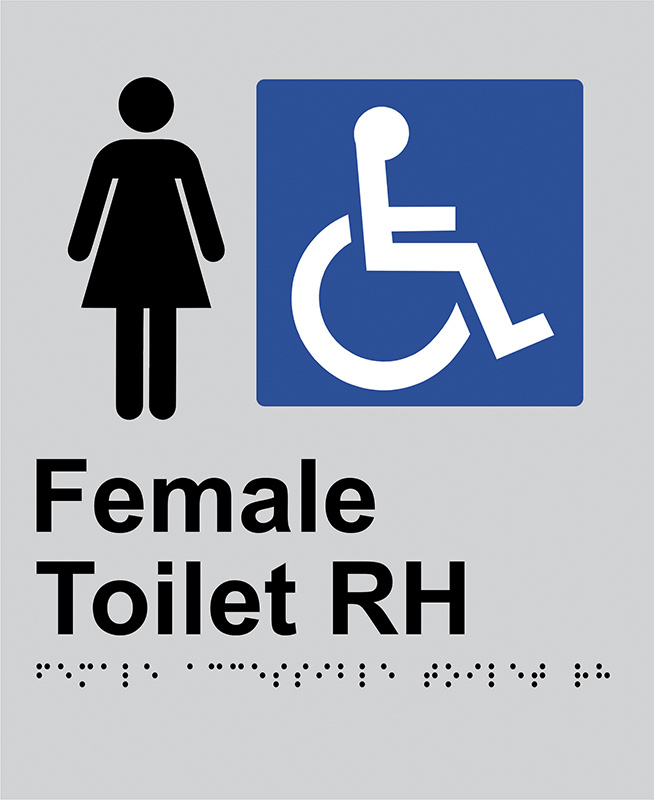
A46798
Braille Sign - Female Access Toilet RH, Anodised Aluminium, 220 x 180mm
$181.29

